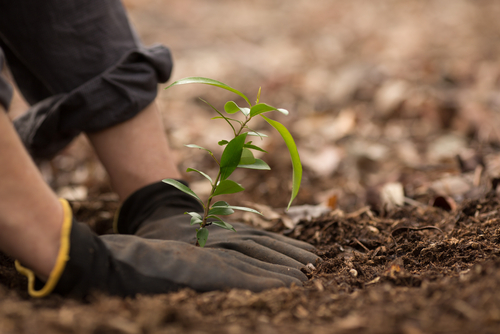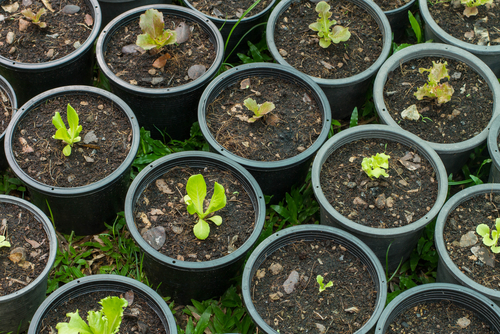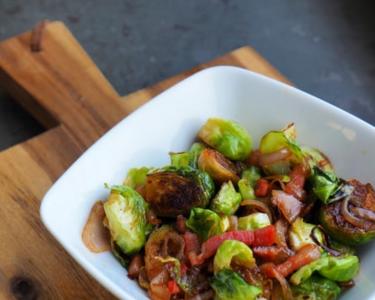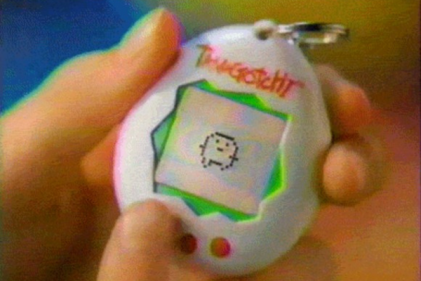
But now that the days are getting brighter, there is no excuse for you not to get the gardening gloves on and head outside – sure what have you got to lose?!
Here’s what you need to know:
1. Choose the proper location
Choose locations that are sheltered from the wind but have at least six hours of sunlight a day.
2. Give them their own area to grow
You need to plant fruits and veggies in their own little patch away from other trees that may rob light or nutrients from them.
3. Choose the correct type of soil
Fruits and vegetables need well-draining and fertile soil. You need to avoid clay-like or sandy soil and instead stick with one that is rich in compost and nutrients. Some plants like a slightly acidic soil while others enjoy a more alkaline type. You can check its pH with a simple kit from your local garden centre.
4. Seeds or seedlings?
It is up to you whether you want to grow from seed or go for a seedling – obviously, it will depend on budget and what you want to plant.
5. Choosing to plant
Depending on your type of garden or availability of space, you can plant in a raised bed, a container or straight in the ground.
6. Signs to look out for
When your plants start to grow keep an eye out for drooping leaves or brown buds which is a sign that you will need to give it some water. However, stems that are starting to turn yellow is a sign that you are over-watering.
7. Start with the following fruits and vegetables which grow easily in most gardens
- Tomatoes
- Herbs
- Green beans
- Lettuce
- Carrots
- Strawberries
- Peas
- Sweet peppers
- Cucumbers







